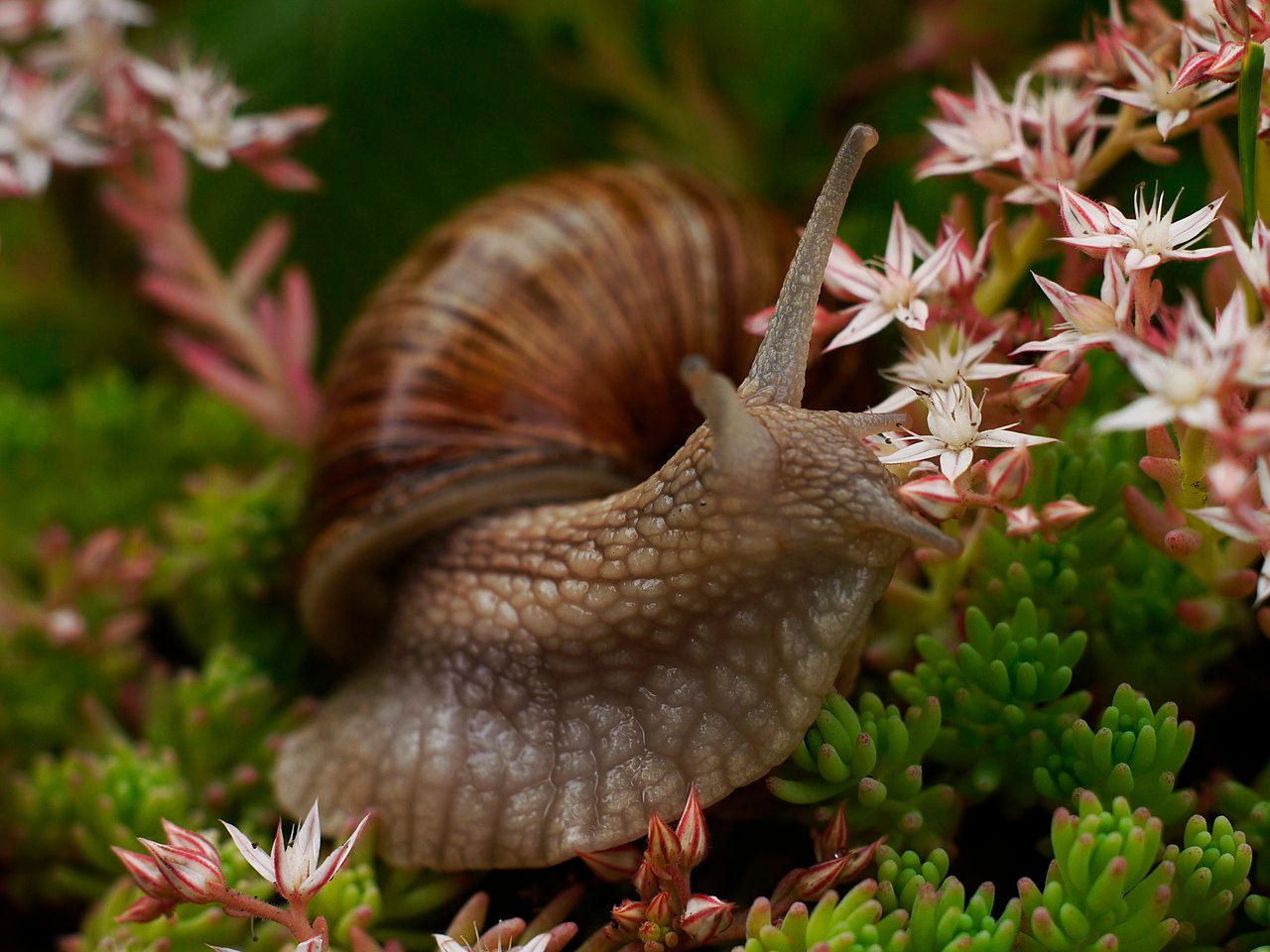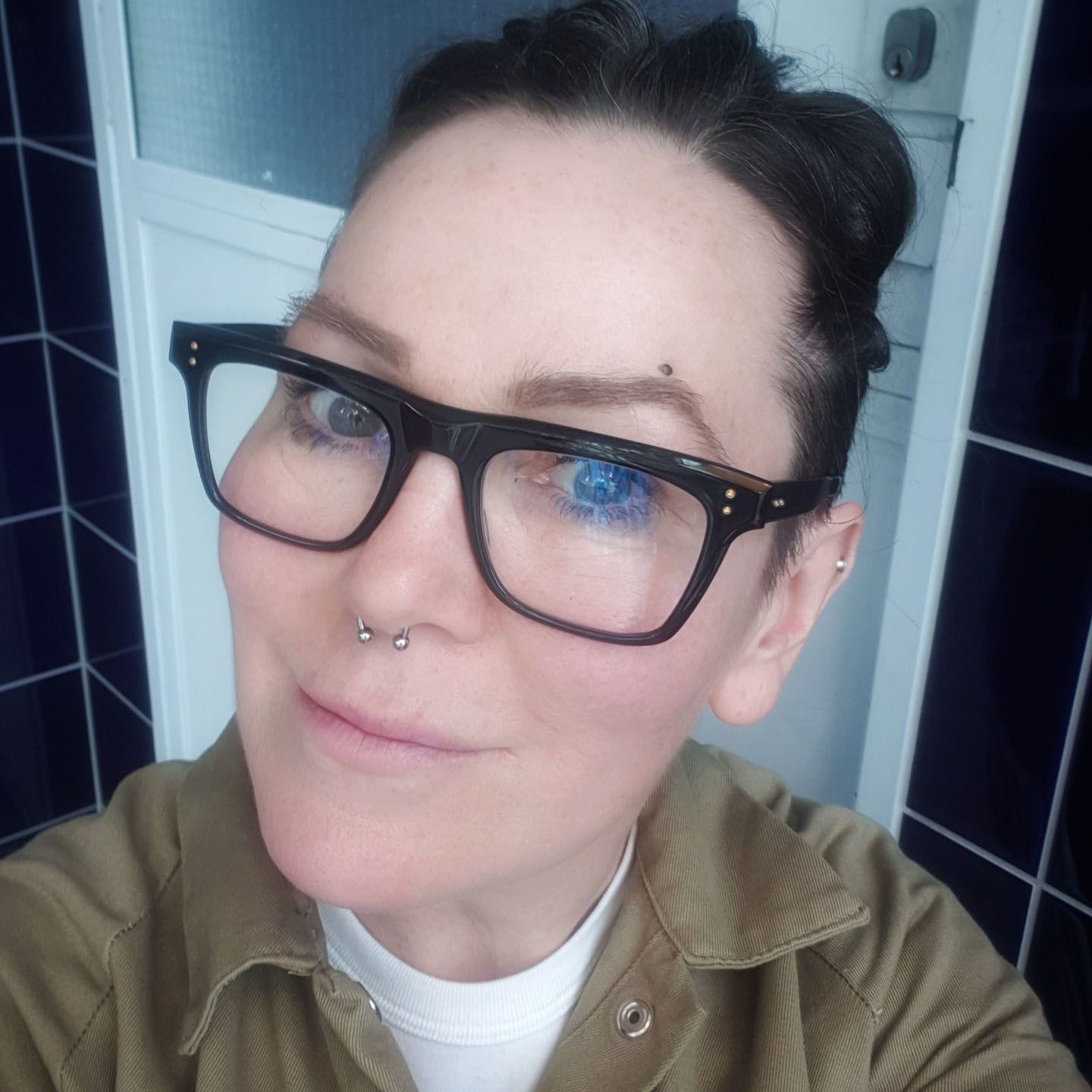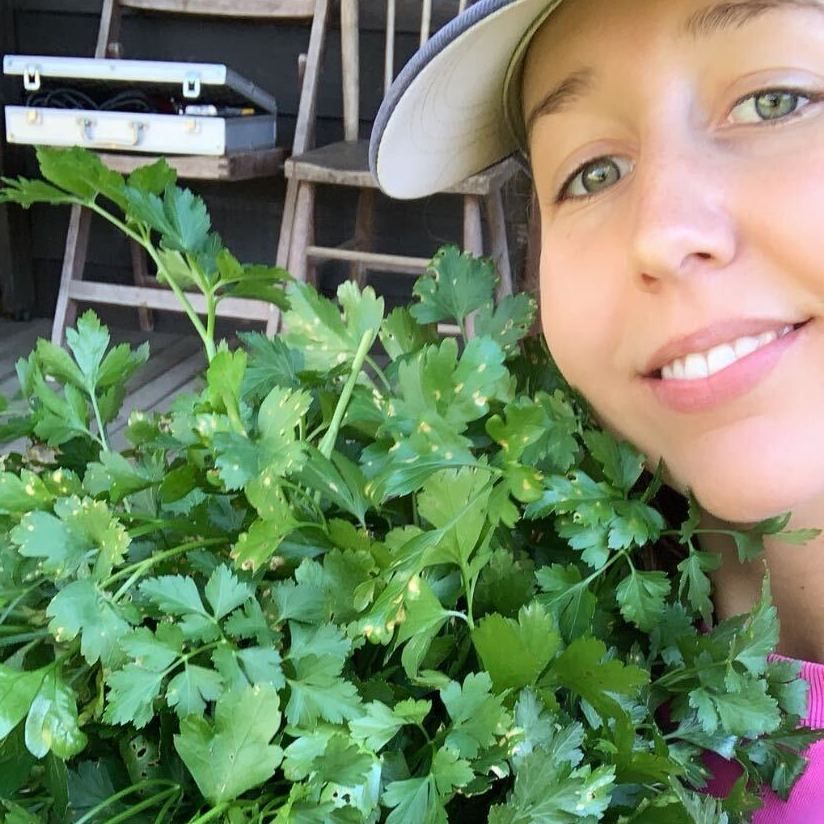Spring is coming (I promise!), however if your garden is anything like mine it features sodden soils, and snails on steroids, frolicking in a previously non-existent wet weather pond.
If you’ve inadvertently donated your lovingly developed topsoil as run-off to the neighbours, then it's time to turn that contrary garden around!
1. Compost, Compost, Compost!
The secret to building soil always comes back to the basics. The bottom line is healthy, well composted soil retains water far better than unhealthy dry soil. If you've lost your topsoil to the rain and you only do one thing, this is it.
If you're a worm farmer or bokashi fermenter, it's time to consider getting a compost bin to produce larger volumes of compost. Like planting trees, the next best time to start composting after yesterday is today. It’s never too late to begin, especially when its wet!
Get up to 80% off on compost bins from your council now.

2. Raise those beds!
Lift your garden above the water line. I prefer to integrate no dig and/or hugelkultur methods within these. You can use your compost and larger material like branches & logs layering them like a delicious lasagne onto the ground with other organic materials.
For compacted or saturated soils laying directly on top is fine rather than going into the ground. The microbes will help break everything down and move nutrients through the soil helping to retain moisture when dry yet distribute more evenly when wet. This biomimicry is a sped-up version of forest floor decomposition.
If your sogginess is next level, a repurposed shed or any structure with added plastic or polycarbonate can make a great greenhouse. I use a plastic cover over my raised beds to keep them dry in the heaviest rains.
3. Build Swales/Furrows for Drainage!
Drain water away with swales (built up horizontal hills with water channels in front of them). Blend compost with soil. I like to add pea straw once the soil is warmer also. Grow bags and enclosed containers are useful too. They’re mobile which is useful for moving around with changing garden conditions.

4. Add thirsty plants and get your worms up off the ground!
It’s not just humans who don’t like wet feet, most plants are with us on that, however there are many puddle lovers which can be integrated into a garden. If there’s a persistent wet spot this might be an appropriate area to create a yummy edible taro or water chestnut area. Just add compost & stir!
Check out your native options to provide habitat for the smaller locals like appreciative frogs who will sing soft symphonies in your honour. Who needs Spotify right?!
Learn more about wet area gardening.

5. Go with the flow and embrace pond life – get ducks!
Problem = Solution. As Bill Mollison, the co-originator of permaculture wisely said: “You don't have a snail problem, you have a duck deficiency.”
Somewhat sidelined by their limelight hogging cousins, the ubiquitous chook, ducks are a great option for backyards. They don’t actually need a lot of space, but do require access to water 24/7. How convenient!
Ducks are at home in a suburban backyard (check with your local council), lay eggs which will make your local baker swoon, and of course eat every last snail and slug before those slippery suckers snack on every fresh lettuce in sight!
More about Muscovy ducks - the perfect breed for your home.

This short video describes what permaculture is and how it was birthed in Australia.
While we don't sell ducks, we do have great products for composting and gardening discounted at up to 80 % off RRP – courtesy of your council.
We’re also interested in hearing what you’d like us to research and/or stock so that as a community we can continue to build resilient weatherproof gardens whilst eliminating unnecessary waste.
PS, Hi I’m Victoria, the newest recruit to the Compost Revolution's team. I’m an avid Permaculture & Aquaponics Designer with a passion for using storytelling to improve how we commune with ourselves, each other and our environment. Everything is connected. I’m here to help you make those connections. Got a question? Ask away!


